1 Intuition of AI
This chapter introduces artificial intelligence as the pursuit of systems that behave intelligently—chiefly by being autonomous and adaptive—while acknowledging that “intelligence” itself lacks a single agreed-upon definition. It highlights that data underpins all intelligent behavior: we sense, represent, and transform data to make decisions. The text distinguishes quantitative from qualitative data, explains how raw data becomes information and then knowledge, and stresses scientific rigor to mitigate bias and improve reproducibility. It also notes that what counts as “AI” shifts over time; usefulness and problem-solving impact matter more than rigid labels.
With that foundation, the chapter frames algorithms as precise, finite recipes that transform inputs into outputs through well-defined steps. It surveys common problem archetypes that recur across AI: search problems (navigating paths to a goal), optimization problems (seeking good solutions amid vast possibilities, with local vs global optima), prediction and classification (learning patterns for values or categories, including interpolation), and clustering (uncovering structure without explicit questions). It further contrasts deterministic models, which always yield the same output for a given input, with probabilistic models, which produce outcomes from a distribution due to uncertainty or controlled randomness.
The conceptual landscape of AI is then mapped from narrow intelligence tailored to specific tasks, through aspirational general intelligence, to speculative superintelligence. The chapter contrasts “old AI” (hand-crafted rules) with “new AI” (systems that learn rules from data) and previews major families of approaches: search methods; biology-inspired techniques such as evolutionary algorithms and swarm intelligence; machine learning (supervised, unsupervised, and reinforcement learning); and deep learning with multilayer neural networks that build hierarchical representations. Finally, it sketches real-world applications across agriculture, banking and fraud detection, cybersecurity, healthcare diagnostics, logistics and routing, telecommunications, game-playing agents, personal fitness and health, and generative art—setting the stage for deeper exploration beginning with search algorithms.
Examples of data around us
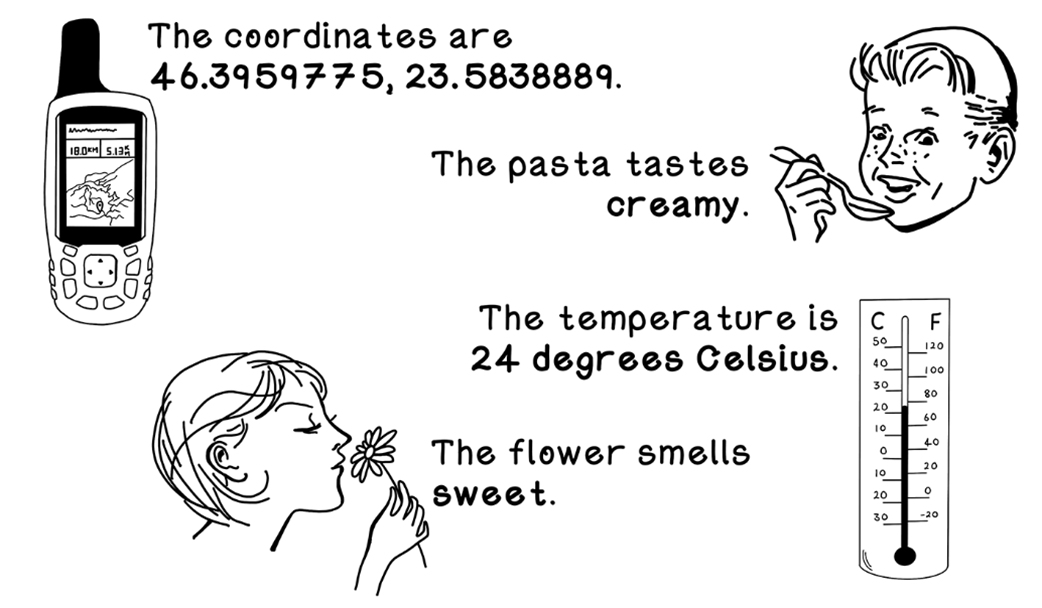
Qualitative data versus quantitative data
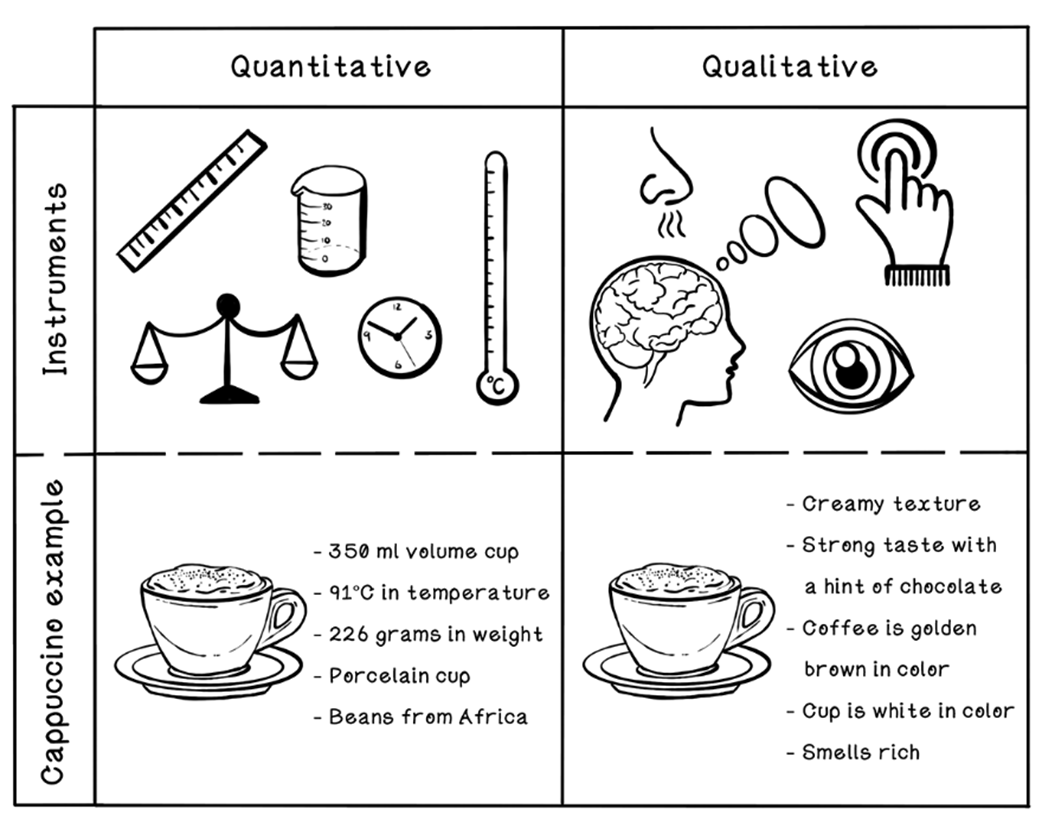
An example showing that an algorithm is like a recipe
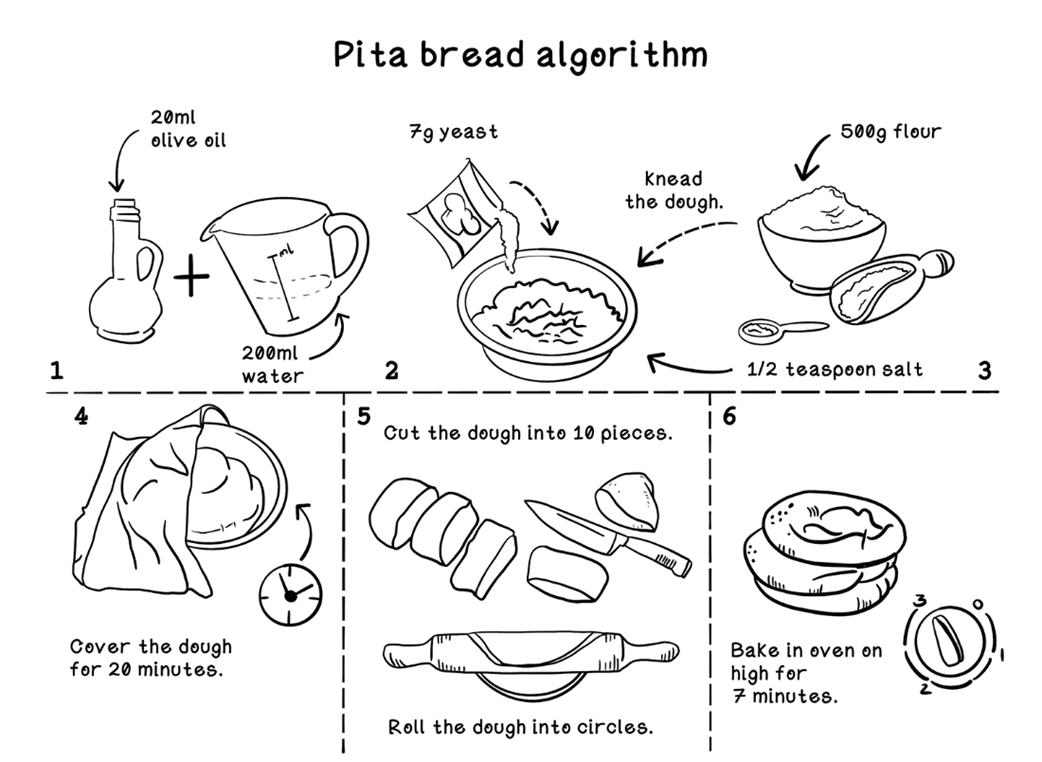
A number-guessing-game algorithm flow chart
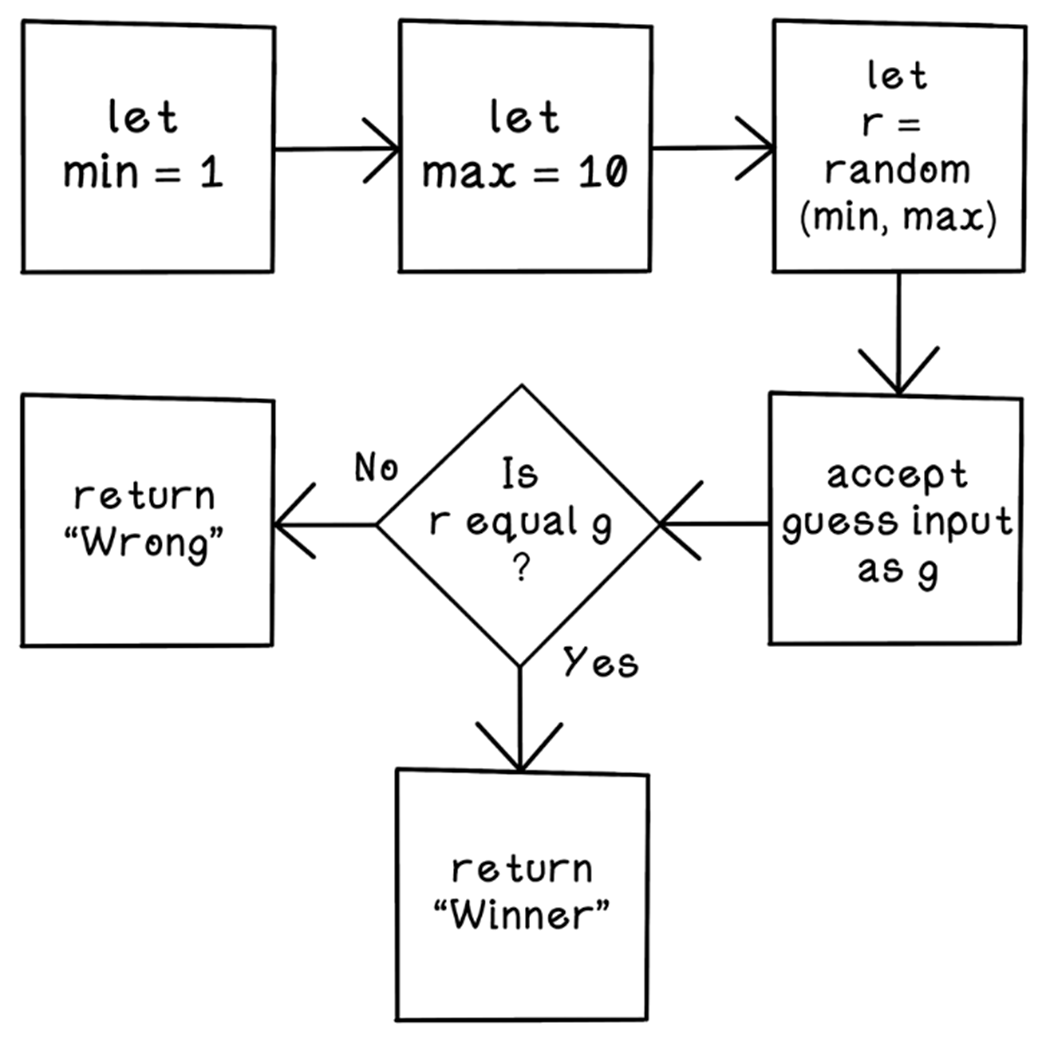
The evolution of AI
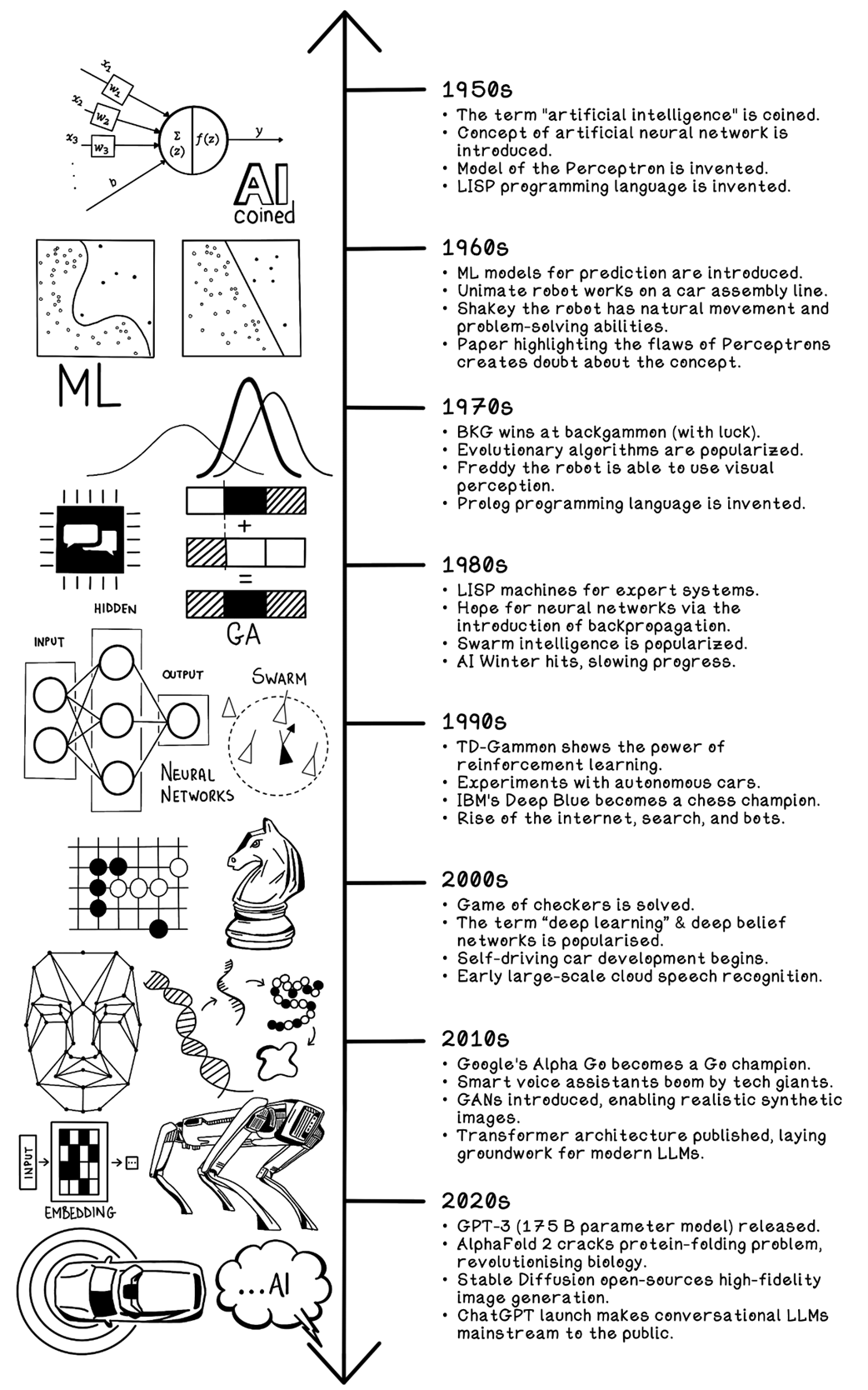
Levels of AI
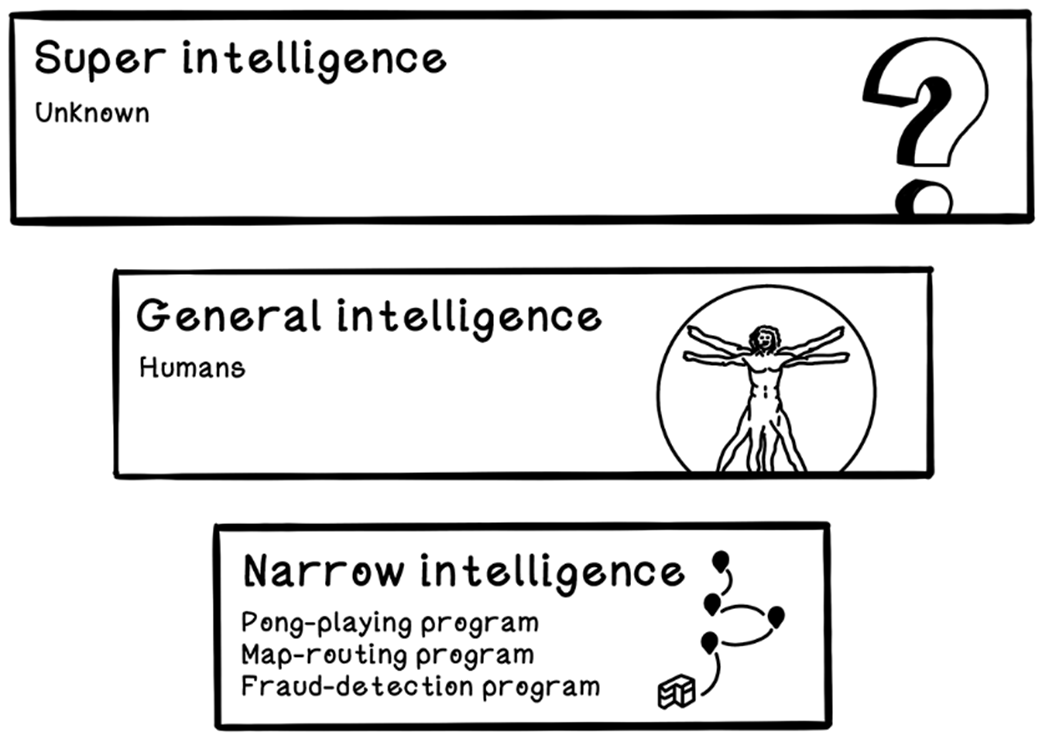
Categorization of concepts within AI
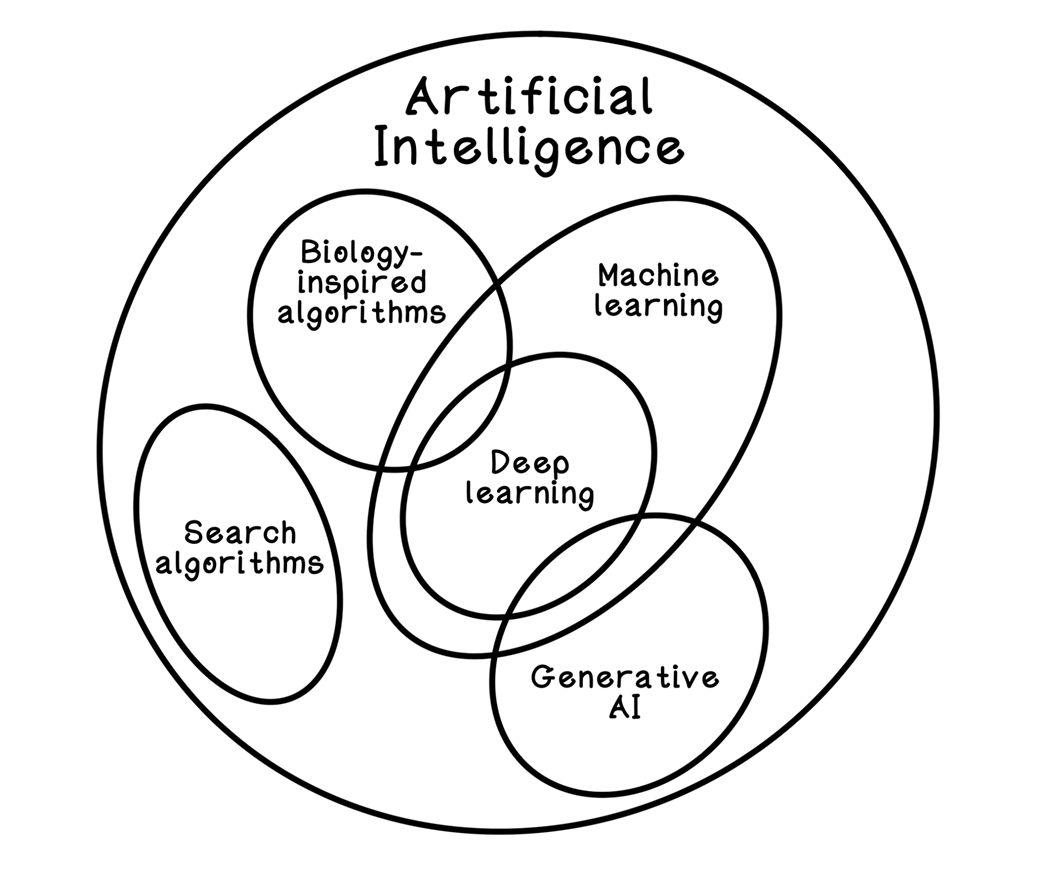
Using data to optimize crop farming
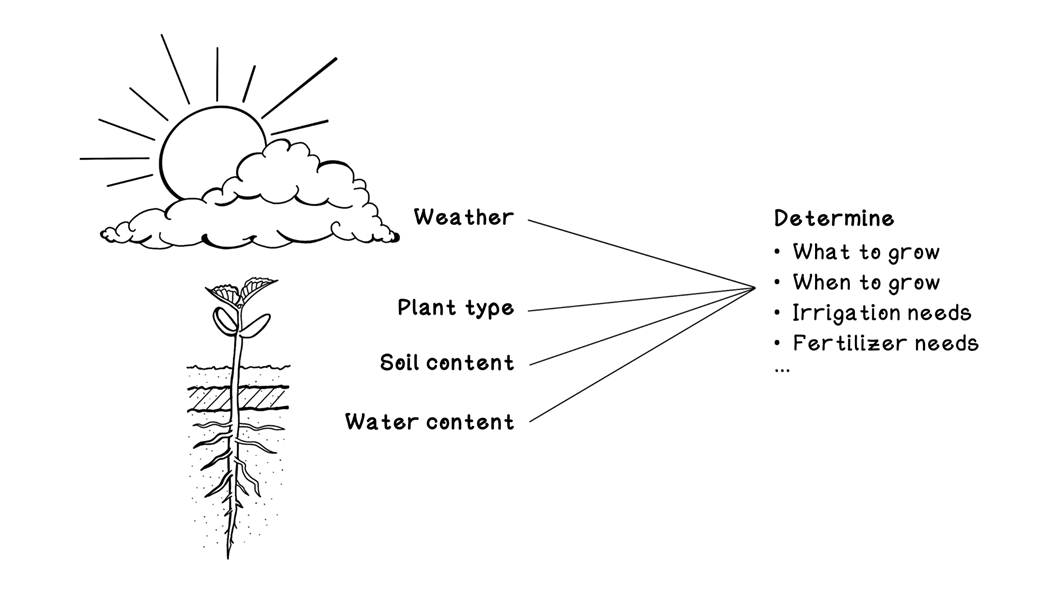
Using machine learning for feature recognition in brain scans
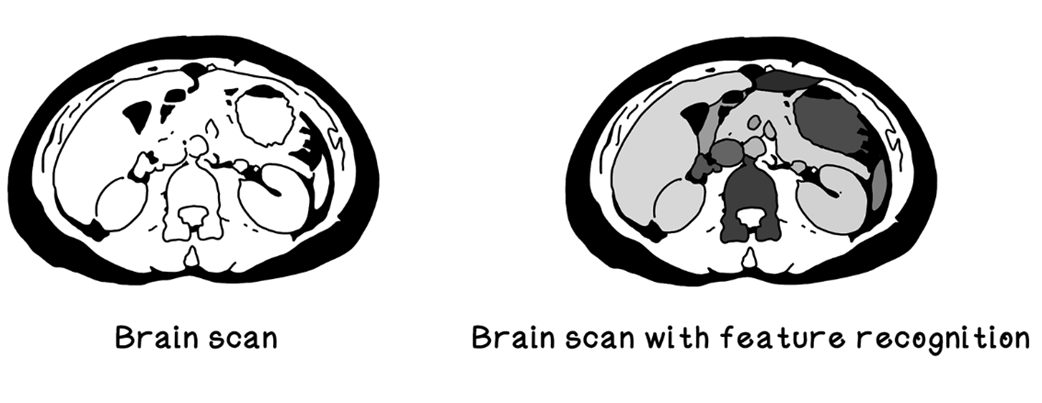
Using neural networks to learn how to play games
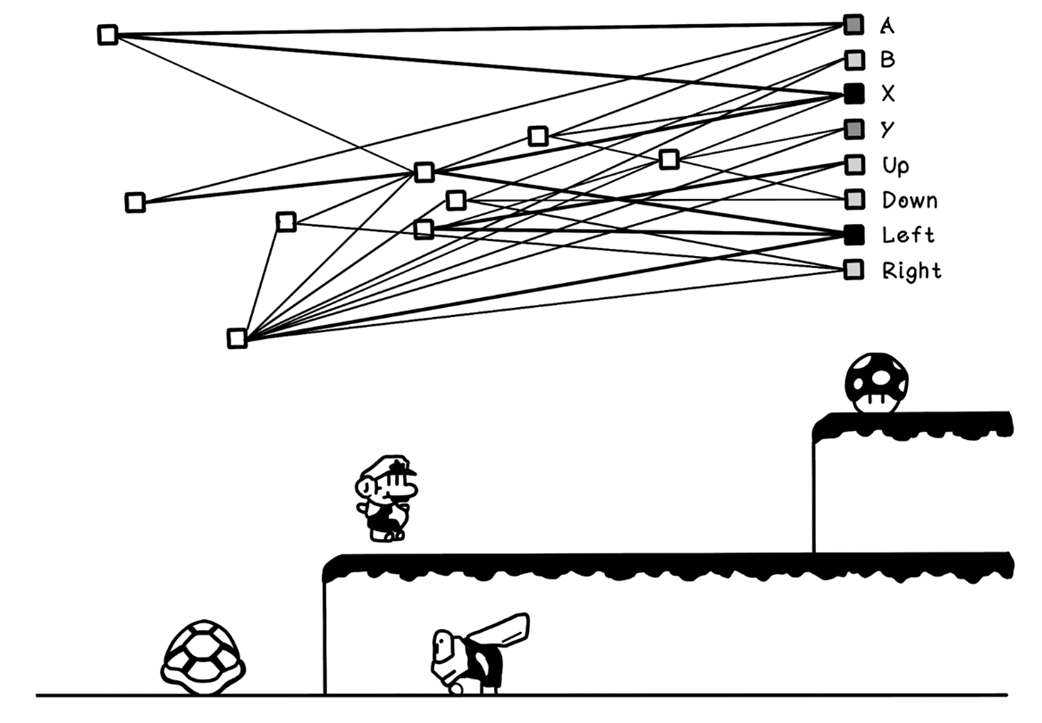
Using sensors and AI to guide fitness & health
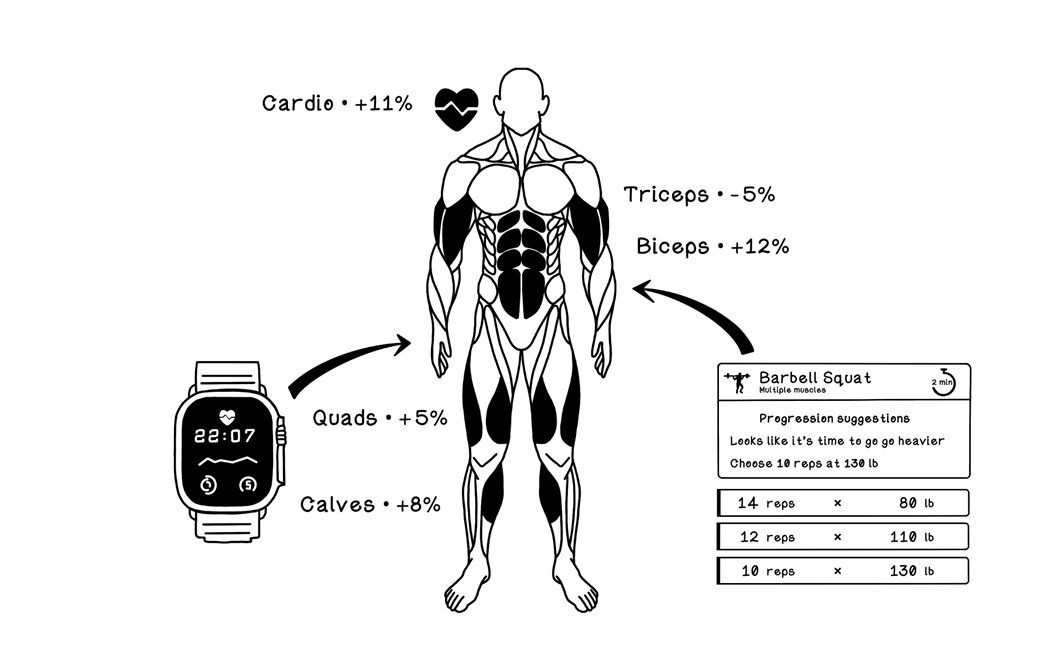
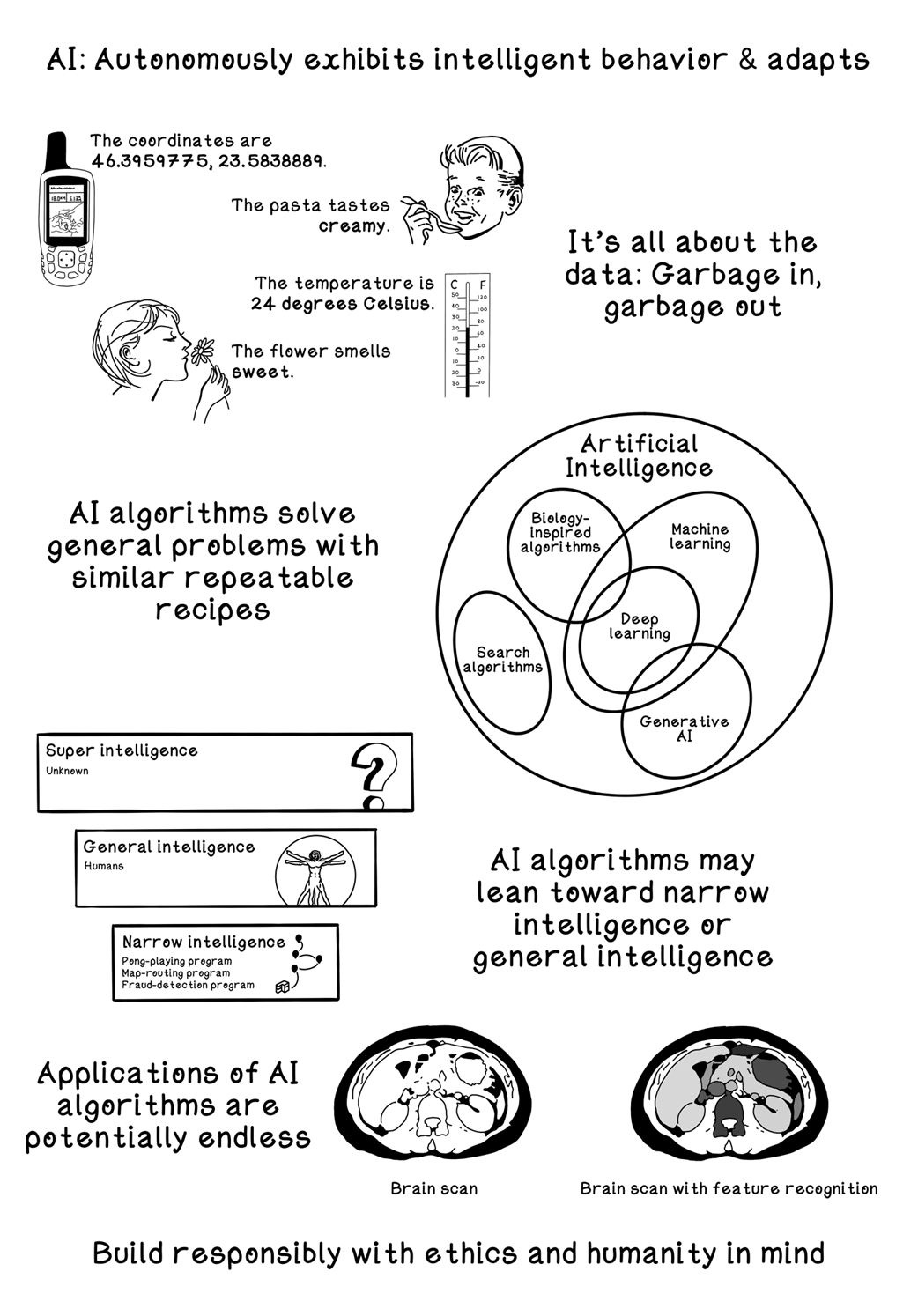
Summary of Intuition of AI
FAQ
How does this chapter define Artificial Intelligence (AI)?
AI is treated pragmatically as any system that exhibits intelligent behavior—especially those that can act autonomously and adapt to changing data or environments. Examples include systems for vision, speech, language, interaction, learning, and problem solving. The meaning of “AI” shifts over time; what once seemed intelligent can become ordinary as technology matures.Why is data considered the core of AI algorithms?
Algorithms are only as good as the data they receive. Quantitative data (numeric measurements) is typically precise, while qualitative data (opinions, perceptions) is subjective. Raw data becomes information when it’s interpreted, and information becomes knowledge when applied with experience. Careful data collection, sampling, and scientific methods reduce bias and improve outcomes.What is an algorithm, and why is it compared to a recipe?
An algorithm is a finite set of instructions that transforms inputs into outputs through defined steps. Like a recipe, it specifies ingredients (inputs), tools, and procedures to produce a result (the output). Flowcharts and simple games (like number guessing) illustrate how algorithms progress through actions and decisions.What types of problems do AI algorithms commonly address?
- Search problems: Find a path to a goal through many possible sequences of actions.- Optimization problems: Seek a good (often near-best) solution among vast possibilities; beware local vs global optima.
- Prediction problems: Forecast numeric values from patterns in data.
- Classification problems: Assign items to categories based on features (often using interpolation).
- Clustering problems: Discover structure or groupings in data without predefined labels.
What is the difference between deterministic and probabilistic models?
- Deterministic models always return the same output for the same input (no randomness).- Probabilistic (stochastic) models return one of several possible outcomes for the same input, often due to controlled randomness or uncertainty in the process.
What are the levels of AI discussed: narrow, general, and super intelligence?
- Narrow AI (ANI): Specialized systems that excel in a specific domain (e.g., speech recognition), but don’t transfer that skill across domains.- General AI: Humanlike versatility—learning from varied experiences and applying knowledge across tasks. It remains a long-term goal.
- Super intelligence: Hypothetical intelligence surpassing humans; largely speculative at present.
What is meant by “old AI” versus “new AI”?
Old AI often refers to rule-based systems where humans encode explicit logic (e.g., hand-crafted decision trees). New AI emphasizes models that learn patterns and rules from data (e.g., machine learning and deep learning). Both matter: classical search and rule-based ideas still underpin many advanced methods.Which major families of AI algorithms does this chapter introduce?
- Search algorithms: Efficiently explore possible states/actions to reach goals.- Biology-inspired algorithms: Evolutionary methods and swarm intelligence (e.g., ant colony, particle swarm).
- Machine learning: Supervised, unsupervised, and reinforcement learning for prediction, discovery, and decision-making.
- Deep learning: Multi-layer neural networks tackling complex perception and reasoning tasks in vision, language, and more.
What real-world applications of AI are highlighted?
- Agriculture: Optimize growing conditions with sensor data and recommendations.- Banking: Detect fraud from transaction patterns.
- Cybersecurity: Identify and mitigate attacks (e.g., DDoS filtering).
- Health care: Improve diagnoses (e.g., tumor detection) and risk prediction.
- Logistics: Route planning and packing optimization.
- Telecoms: Network monitoring and traffic optimization.
- Games: Agents that plan, strategize, and learn to play at or above human level.
- Fitness and health: Personalized training and recovery guidance from wearables.
- Art: Style transfer and generative systems producing images or music.
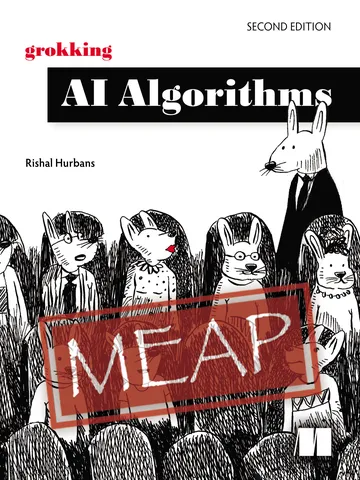 Grokking AI Algorithms, Second Edition ebook for free
Grokking AI Algorithms, Second Edition ebook for free